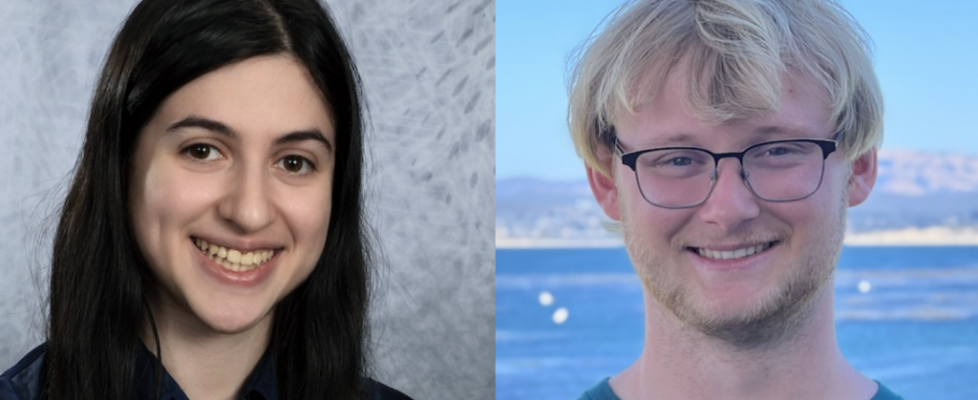Black Holes; Kelp Forests – Feb 24
Wonderfest Science Envoys are early-career researchers with special communication skills and aspirations. Following short talks on provocative modern science topics, these two Science Envoys will answer questions with insight and enthusiasm:
• UC Berkeley astrophysicist Natasha Abrams on Black Holes: Discovering the Invisible — Black holes are among the most extreme objects in the universe. They push the boundaries of our knowledge, holding many unsolved mysteries. This talk will explore black holes from “small” to enormous, including how to detect these invisible marvels. In the process, we will probe the very frontiers of astrophysics.
• Stanford marine biologist Will Johnson on The Structure of Kelp Forests — Kelp forests constitute one of the most diverse ecosystems on Earth, and they’re hidden right beneath the waves of our coastline. To research how these ecosystems function, we need to study what lives there. Come learn how scientific diving and modern genetics are helping us unravel the complex structure of kelp forests.
This interactive science presentation, free and unticketed, is produced by Wonderfest in partnership with Marin Science Seminar.
Marin Science Seminar [https://marinscienceseminar.com]

Sleep-Deprived Emotions – Jan 28
Insufficient sleep dramatically changes how we feel and think, about ourselves and about others. Even a single night of sleep loss elevates levels of anxiety, depression, and asocial behavior in healthy adults. If sleep loss is chronic, this association can develop into a clinical mental disorder. Since 40% of adults in the US suffer from chronic insufficient sleep, researchers need — and are finding — a better understanding of the interaction between sleep and socio-emotional well-being.
Our speaker is sleep expert Eti Ben-Simon, PhD, Research Scientist at The Center for Human Sleep Science, UC Berkeley.
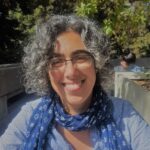
Dr. Eti Ben-Simon

Strong Aging – Jan 25
What can we do, today, to improve muscle strength and, accordingly, to increase healthy longevity, i.e., healthspan? It starts by understanding the science of strength and of muscle function, and then appreciating how muscle changes with aging. Ultimately, we find that healthspan increases with simple and effective evidence-based strategies for improving muscle health and function.
Our speaker, Dr. Greg Tranah, PhD, is Professor of Epidemiology & Biostatistics at UC San Francisco. He is also Senior Scientist at California Pacific Medical Center Research Institute.
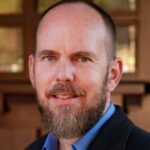
Dr. Greg Tranah
Berkeley Public Library [www.berkeleypubliclibrary.org]
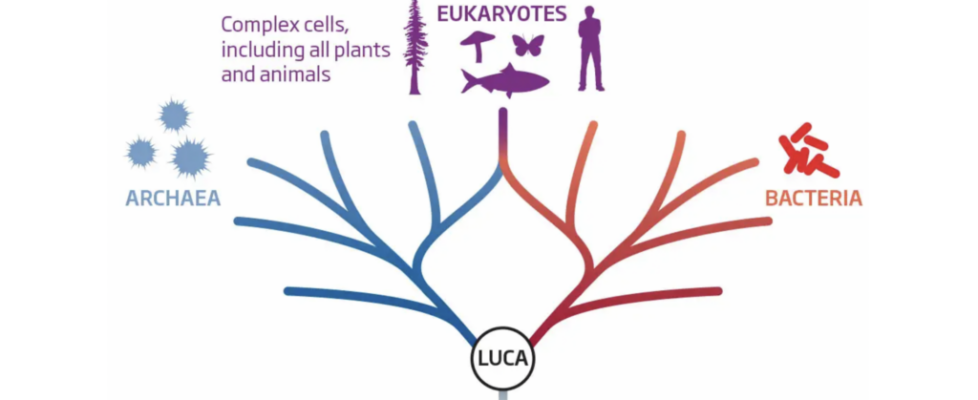
Life’s Information – Jan 14
All known lifeforms rely on the same molecular mechanism to translate information carried by DNA and RNA into proteins. This translation is accomplished by an incredibly complex system involving many dozens of very large and precisely interacting molecules. All viruses, bacteria, plants, and animals ultimately inherited this common molecular machinery from our Last Universal Common Ancestor (LUCA). But all of this — and much more — had to evolve prior to LUCA. Without this translation machinery, the “genetic code” isn’t information about anything! So, origins-of-life theories can’t just assume that DNA and RNA intrinsically have information. Even the most widely accepted “RNA-World” origin-of-life theory begs the question: What is the origin of life’s information?
Our speaker, Dr. Terrence Deacon, is Professor Emeritus of Anthropology at UC Berkeley. He is the author of two particularly influential books: The Symbolic Species: The Co-evolution of Language and the Brain and Incomplete Nature: How Mind Emerged from Matter.
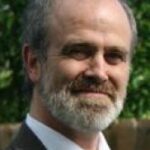
Dr. Terrence Deacon
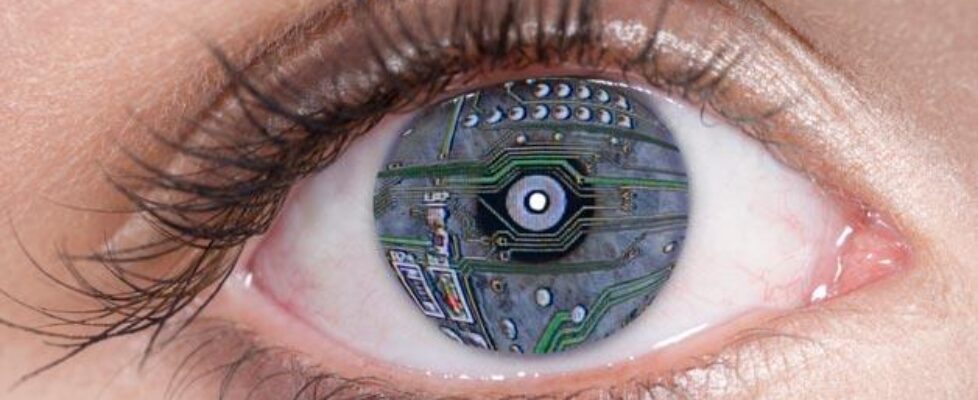
Overcoming Vision’s Limits – Dec 10
It’s a classic question of color perception: Is my red the same as your red? Using special optical systems that bypass normal visual processes in the eye (optical blur, eye movements), researchers are able to send sensory information to the human brain that it has never experienced before. The BIG question is: If you give novel sensory experiences to the adult brain, will it invent new subjective perceptions to attribute to them?!
Our speaker is neuroscientist Austin Roorda, Professor of Vision Science and Optometry at UC Berkeley. Dr. Roorda’s lab at Cal explores how human brains convert two-dimensional images on the retina into such a rich perceptual experience.
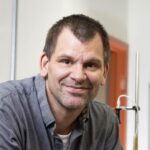
Dr. Austin Roorda
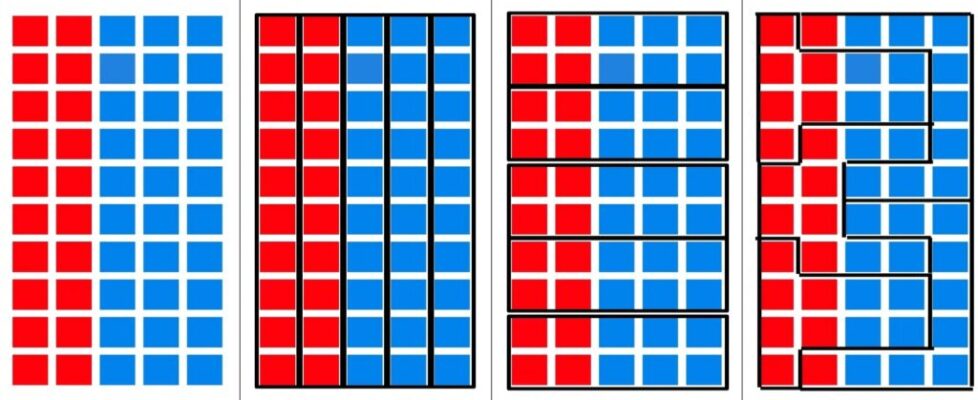
Hacking Gerrymandering – Nov 26
In principle, we all love to hate political gerrymandering. But how can we learn to deal with it, to manage it, ... to hack it? In the past decade, mathematicians and computer scientists have developed inventive and revealing tools to find all kinds of gerrymanders: from the pretty-but-partisan, to the hidden firewall. Join us to explore some ugly maps and some beautiful ideas about how to hack gerrymandering.
Our speaker, mathematician Dr. Ellen Veomett, is Associate Professor of Computer Science at the University of San Francisco. She helped design the nationally-acclaimed GEO metric to analyze redistricting maps created since the 2020 census.
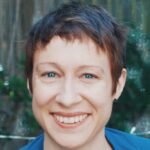
Dr. Ellen Veomett
This event is free and unticketed ... and valuable. But what value does it have for YOU? Accordingly, please use the space below to support Wonderfest in its nonprofit mission to share the scientific outlook.
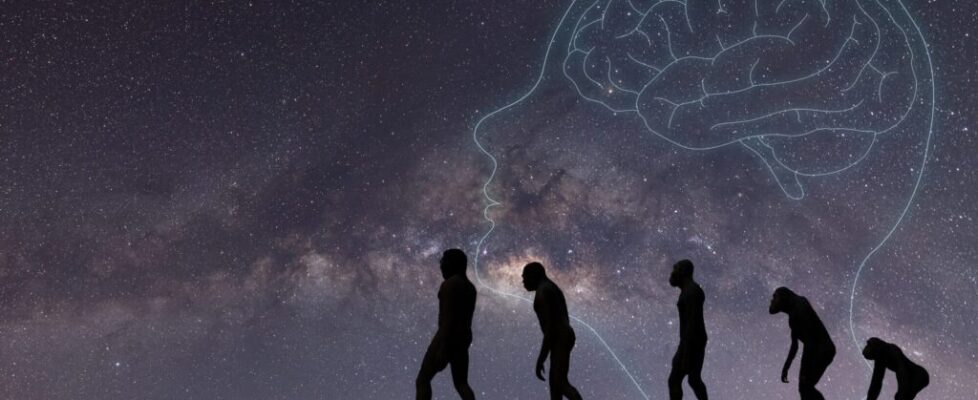
Inverse Darwinism – Nov 12
Darwin’s theory of natural selection sheds light on nearly every aspect of evolutionary biology. However, it does not address the source of varying structures and functions that are subsequently culled or preserved by natural selection. Advances in cellular and molecular biology are now bringing these generative processes to light. Such technical advances hint at processes that are complementary to natural selection (but on which natural selection depends) that can be called Inverse Darwinism — and that are changing our understanding of evolution.
Our speaker, Dr. Terrence Deacon, is Professor of Anthropology at UC Berkeley. He is the author of two particularly influential books: The Symbolic Species: The Co-evolution of Language and the Brain and Incomplete Nature: How Mind Emerged from Matter.

Dr. Terrence Deacon
This event is free and unticketed ... and valuable. But what value does it have for YOU? Accordingly, please use the space below to support Wonderfest in its nonprofit mission to share the scientific outlook.
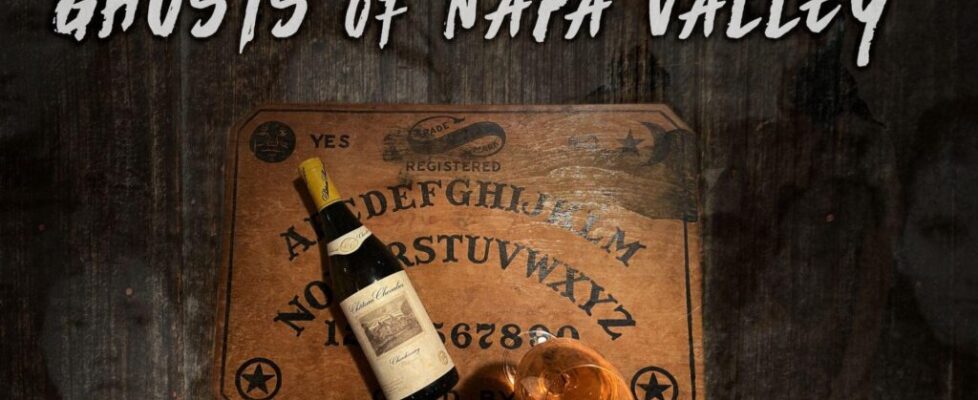
Nightmare on Main Street – Nov 2
Is it merely fun to play with the idea of ghosts, or do ghosts truly exist? Naturally, evidence of non-corporeal spirits is hard to come by. Where should we look? Perhaps the ghostly haunt of choice is an abandoned winery in beautiful Napa Valley! Isn’t that where many spirits would be dying to go?
Soon after All Hallows’ Eve 2024, Wonderfest joins Cameo Cinema for Nightmare on Main Street: Ghosts of Napa Valley. And, immediately following the 90-minute screening of Ghosts of Napa Valley, Dr. Eugenie Scott will help us address the ghost question — and why it is that scary stories are found all over the world among diverse cultures.
Dr. Genie Scott is a physical anthropologist with potent credentials in scientific skepticism. She is the President of the Bay Area Skeptics, and a founding Boardmember of Wonderfest. Dr. Scott has earned high praise as a science communicator, including the Public Welfare Medal of the U.S. National Academy of Sciences.
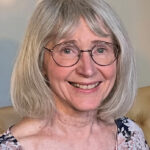
Dr. Eugenie Scott
Cameo Cinema [https://www.cameocinema.com/movie/ghosts-of-napa-valley]
Your $10 movie ticket (via the link below) includes Ghosts of Napa Valley seating PLUS spirited insights from Dr. Scott.
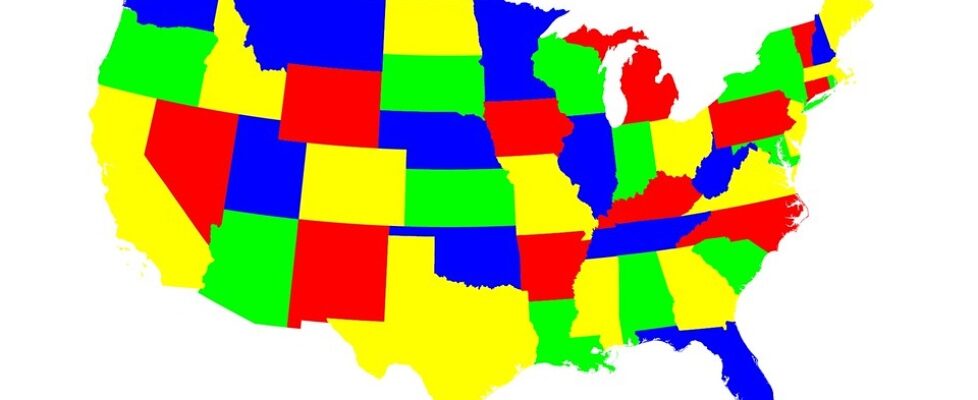
Color Me Curious – Oct 29
Mathematicians have spent decades wrestling with questions about coloring. Here’s one famous example: how many colors do mapmakers need to ensure that no two adjacent regions have the same color? Mathematicians struggled with that for over 100 years! In this colorful presentation, we’ll share these coloring problems, the exciting breakthroughs, and the problems which still need to be solved today.
Our speaker is Dr. Cornelia Van Cott, Professor of Mathematics (and department chair) at the University of San Francisco. As a geometric topologist, she studies knots, surfaces, and … the occasional just-colorful-enough map.
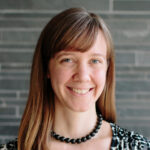
Dr. Cornelia Van Cott
This event is free and unticketed ... and valuable. But what value do such science events have for you and for society at large? Accordingly, please consider a donation to nonprofit Wonderfest via the Eventbrite box, below.
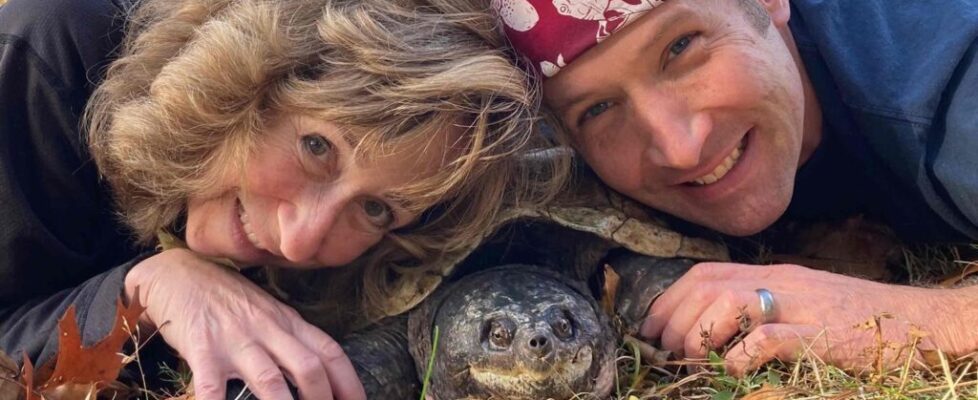
Turtle Rescue – Oct 18
Ancient and unhurried, long-lived and majestic, turtles — some individuals living longer than 200 years — have a lineage that stretches back to the time of the dinosaurs. In literary terms, turtles are “the perfect conduits for meditations on aging, disability, and chosen family,” according to Scientific American. Such meditations suffuse the book Of Time and Turtles: Mending the World, Shell by Shattered Shell. Author Sy Montgomery and illustrator Matt Patterson join BookShop West Portal, the Turtle Survival Alliance, and Wonderfest for this special book event.
Sy Montgomery is the author of 16 non-fiction nature titles, including The Soul of an Octopus, a National Book Award finalist. She has been honored with a Sibert Medal, three honorary degrees, and two Science Book and Film Prizes from the American Association for the Advancement of Science.
Map: [https://maps.app.goo.gl/mzLmbZSs1rwf492c8]
BookShop West Portal [https://bookshopwestportal.com]
Advance event registration is required (link below), and such registration is FREE for Wondernauts with promo code WONDERTURTLE. Simply add "General Admission for 1 (NO BOOK)" to your cart. [Book purchase and author signing are still available at the event.] During "CheckOut," within "Order Details," apply WONDERTURTLE as a "coupon" to transform the ordinary admission fee from $20 to $0.
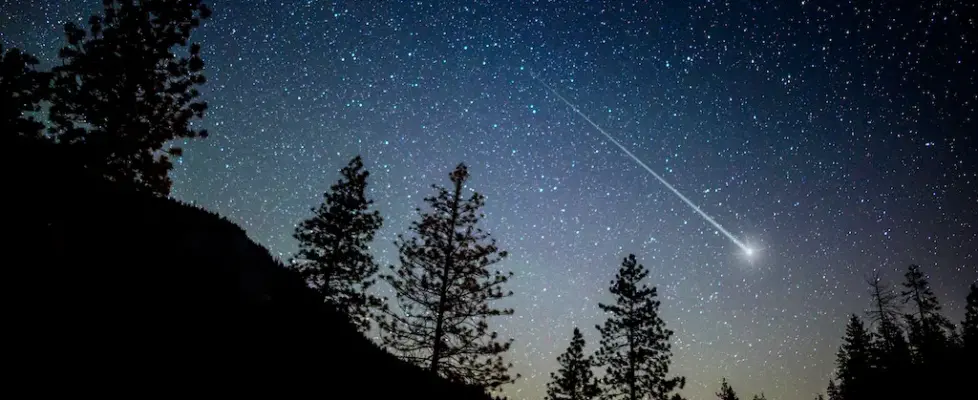
Perseid Meteors, mid-August 2024
The annual Perseid meteor shower (arguably the best meteor shower of the year) will peak on the night of August 11/12, but the nights of August 9/10, 10/11, 12/13, and 13/14 should reveal some Perseids as well. The first-quarter Moon will set around midnight, so skies will be dark (if you’re away from city lights).
In general, view Perseids after 11 pm local time — or better, after 12 am (indeed, the pre-dawn hours should actually yield the largest hourly rate). Before about 11 pm, few Perseids are visible — though they should be longer streaks than average, skimming through Earth’s atmosphere because the “radiant” Perseus from which they appear to come will be closer to the horizon. Also, you don’t have to account for your specific *time zone* — the times I list above are fine *regardless* of where you are (though the northern hemisphere is more favorable than the southern hemisphere, for this particular shower).
The meteor shower occurs because Earth flies through debris from Comet Swift-Tuttle (whose orbital period in a long ellipse is about 130 years), and the little bits of ice and mostly rock (typically the size of a grain of sand or a small pebble) will burn up as they zip through Earth’s upper atmosphere (altitude about 60 miles) at roughly 133,000 miles/hour (37 miles per second). (“Shooting stars” or “falling stars” are not stars at all!) Only very rarely do fragments reach the ground.
If you wish to view the meteor shower, it’s best to do so for at least half an hour (but an hour or longer is better). Try to get as far away from city lights as possible. The Perseids are known for having many bright and fast meteors that should be visible even in a somewhat light-polluted sky, though you’ll see many more from a darker location. *NO* binoculars or telescopes are needed; just look at the sky with your unaided eyes after getting dark-adapted (this can take up to 15 minutes). Choose a wide-open sky, without buildings or trees in the way. Dress warmly, and pack a hot beverage if you want to. Bug spray might be useful, too, depending on where
you are. You should lie down on a mattress, sleeping bag, or reclining lawn/deck chair for greater comfort, if you wish.
Looking anywhere in the sky is fine, but straight up often has the darkest sky. Views to the northeast should provide the most meteors, though their streaks will be shorter than if you look elsewhere. If you have clear and dark skies, you might see 20-40 meteors per hour. (The media often report 100 per hour, but that’s from the darkest locations, with a completely clear and unobstructed sky, at the shower’s peak intensity.)
There are many useful references with additional information and viewing tips, etc.; type “Perseid meteor shower 2024” in your favorite search engine. See, for example,
https://www.space.com/32868-perseid-meteor-shower-guide.html .
—-
A few years ago, some students emailed me, asking for advice regarding good locations from which to view the Perseid meteor shower and other celestial events in the San Francisco Bay Area. You want to be in as dark a location as possible, far from city lights, with no fog — but this obviously depends on how far you’re willing to drive. Here are some suggestions.
Above Berkeley, Grizzly Peak Blvd. could be reasonably good, though you’re not far from the city and also might not be above the fog. Ditto for Inspiration Point along Wildcat Canyon Road, on the border of Berkeley and Orinda. Other locations in Tilden Park could also be good, except for the darn marine layer (fog). You could just see how things go and have a backup plan, if you’ve got transportation.
To get away from the fog, I suggest driving inland as far as necessary. Mt. Diablo State Park near Walnut Creek should be clear and reasonably dark. If you’re willing to go farther, then Altamont Pass off of highway 580 (east of Livermore) will almost certainly be clear. For darker skies, head to the central valley, but not near big cities like Tracy or Manteca. If you really don’t mind driving far, then go to the Sierra foothills — the Auburn area along Highway 80 (but not in Auburn itself), or the Pollack Pines area along highway 50, or even farther into the mountains than these two locations (Lake Tahoe should be great!).
Roughly 1.5 hours from Berkeley, Pt. Reyes National Seashore is a really dark location, but I worry about the fog hugging the coastline and blocking your view of the sky. You might do better stopping somewhere along the way, such as near Olema or other locations along Lucas Valley Road. Or, you could consider going south instead of north — say, to the San Juan Bautista area (e.g., Fremont Peak, if it’s open). Another possibility is Mt. Hamilton Road (highway 130) toward Lick Observatory east of San Jose — but if the parking lot at the summit itself is closed, you’ll need to stop elsewhere along the way (and be really careful: the road is narrow, the drops
off the sides are steep, and there’s mostly no guard rail).
Some years ago, my kids and I were camping at the China Camp State Park campsite (San Rafael, CA). From the parking lot I got a great view of Comet NEOWISE, but this site would be pretty good for the Perseid meteor shower, too — it’s reasonably dark, and the hills to the west tend to keep the coastal fog away. You could instead be on the road next to the campsite parking lot, if they don’t let you in (the gate gets locked).
But even if you can’t travel to a really dark location, I encourage you to look for Perseid meteors — you should be able to see the occasional really bright ones even from a relatively urban location. Just find as dark a region as you can, such as a big park, and don’t position yourself near street lamps, etc.
Good luck!
Alex Filippenko
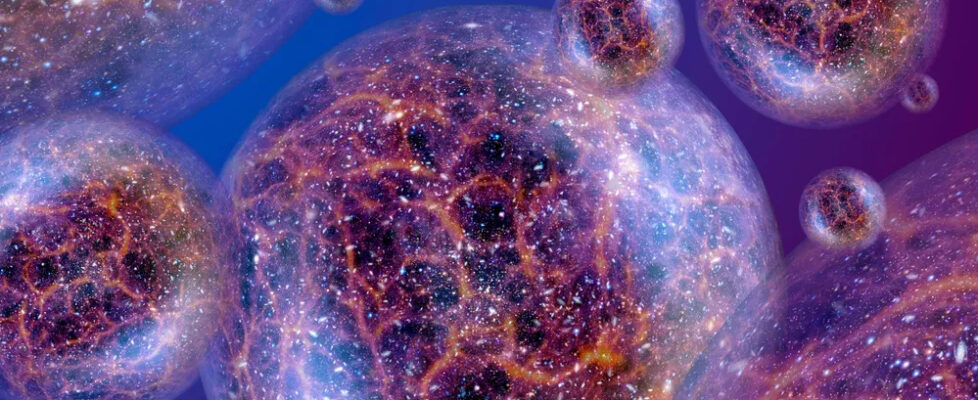
Universe of Universes? – Oct 1
Despite implications of the prefix “uni,” many scientists now think that there might be more than a single universe! Our universe may be just one example in a far larger “multiverse,” but an unusually complex one that is conducive to the existence of life. Come learn — and inquire — about the relevant lines of reasoning and their profound implications.
Our speaker, Dr. Alex Filippenko, is one of Earth’s most highly cited astronomers. He was the only person to serve on both teams that simultaneously discovered the Nobel-worthy accelerating expansion of the universe. Alex earned Wonderfest’s Carl Sagan Prize for Science Popularization, and he was voted UC Berkeley’s “Best Professor” a record nine times!
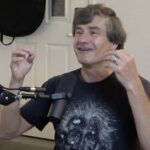
Dr. Alex Filippenko
This event is free and unticketed ... and valuable. But what value do such science events have for you and for society at large? Accordingly, please consider a donation to nonprofit Wonderfest via the Eventbrite box, below.
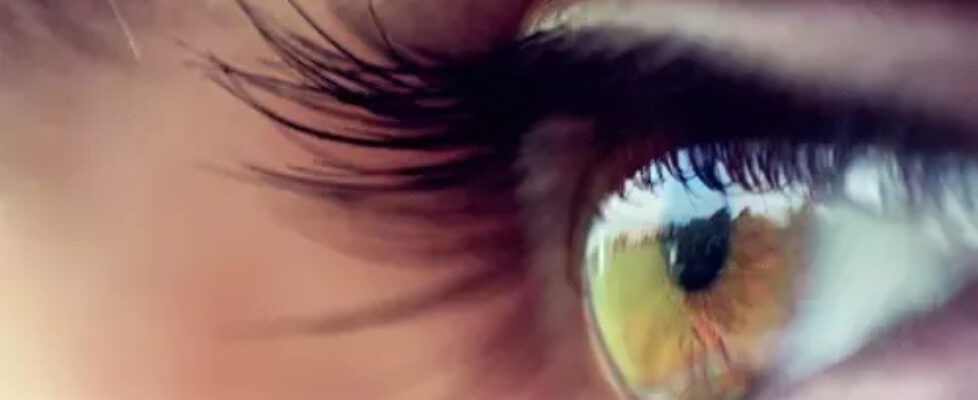
Perception & Attention – Sep 10
Every second, we encounter enormous amounts of sensory information. How does the brain extract the most relevant bits from this information firehose? Attention is one important brain mechanism for selecting certain aspects of the environment for enhanced processing. A better understanding of attention’s effect on perception improves a wide variety of human activities, including making policy for cell phone use while driving, improving performance of airport luggage screeners, and optimizing teaching methods in the classroom.
Our speaker is Dr. Michael Silver, Professor of Neuroscience and of Optometry & Vision Science at UC Berkeley. Dr. Silver also directs Cal’s Center for the Science of Psychedelics.
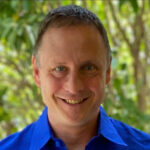
Dr. Michael Silver
This event is free and unticketed ... and valuable. But what value do such science experiences have for you and for society at large? Accordingly, please consider a donation to nonprofit Wonderfest via the Eventbrite box, below.
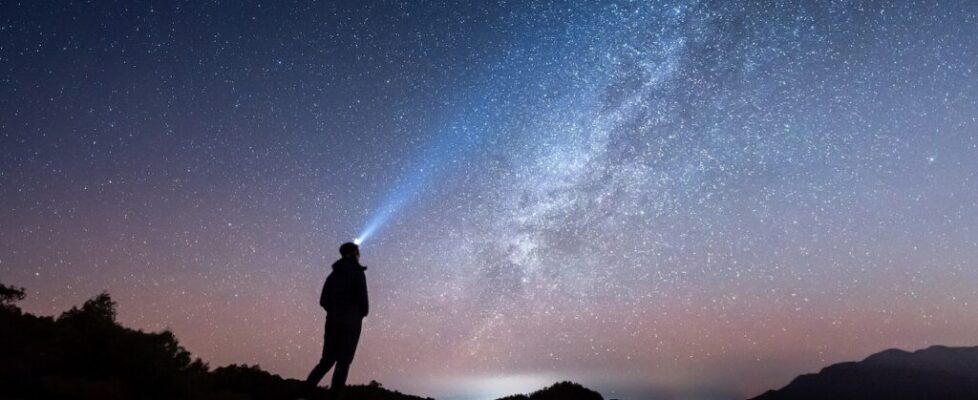
The Fermi Paradox – Aug 27
Since 1950, when physicist Enrico Fermi casually posed the question, the mystery has only deepened: Why hasn’t ET visited us? Current evidence and reasoning suggest that life has been evolving in the cosmos for billions of years. Moreover, low-speed interstellar travel requires relatively modest technology. So why is the UFO evidence so poor, and the success of SETI so … negative? This special Wonderfest event will feature more “audience participation” than usual. Bring your questions — and possible answers — to address Fermi’s fabulous question.
Our host and speaker is Dan Werthimer, Chief Technologist at the Berkeley SETI Research Center. Dan is a SETI pioneer who has earned Wonderfest’s Carl Sagan Prize for Science Popularization.

Dan Werthimer
This event is free and unticketed ... and valuable. But what value do such FREE science experiences have for you and, indirectly, for society? Accordingly, please consider making a donation to nonprofit Wonderfest via the Eventbrite box, below.
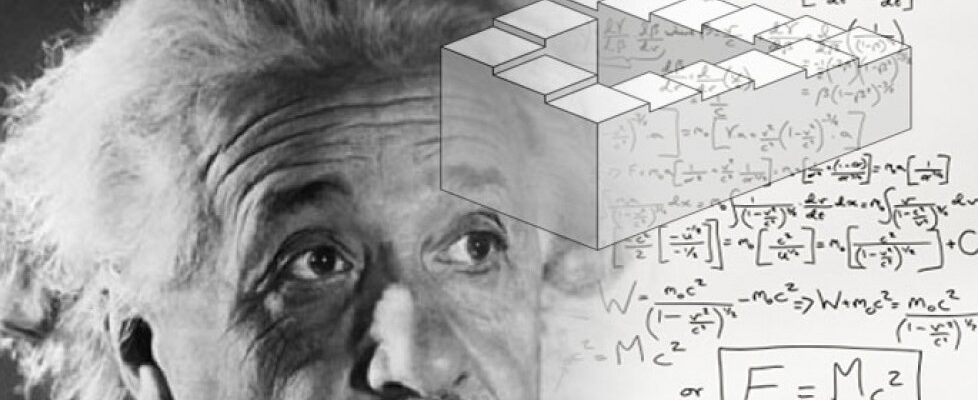
Most Famous Equation – Aug 13
Around the world, people recognize that E=mc^2 oozes cosmic insight. But what does this “most famous equation” really say? What are energy and mass? And what makes the speed of light, c, so important? [Hint: mass, moving at speed c, doesn’t turn into energy!] Using little more than common experience and middle-school math, Einstein’s “special relativity” gem can come to life — with surprising insights into the nature of reality.
Our speaker is long-time physics teacher Tucker Hiatt, founding director of Wonderfest. Tucker has been a Visiting Scholar in the Stanford Chemistry Department, and is a recipient of the Amgen Award for Science Teaching Excellence.
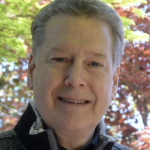
Tucker Hiatt
This event is free and unticketed ... and valuable. But what value do such science experiences have for you and, indirectly, for society? Accordingly, please consider making a donation to nonprofit Wonderfest via the Eventbrite box, below.
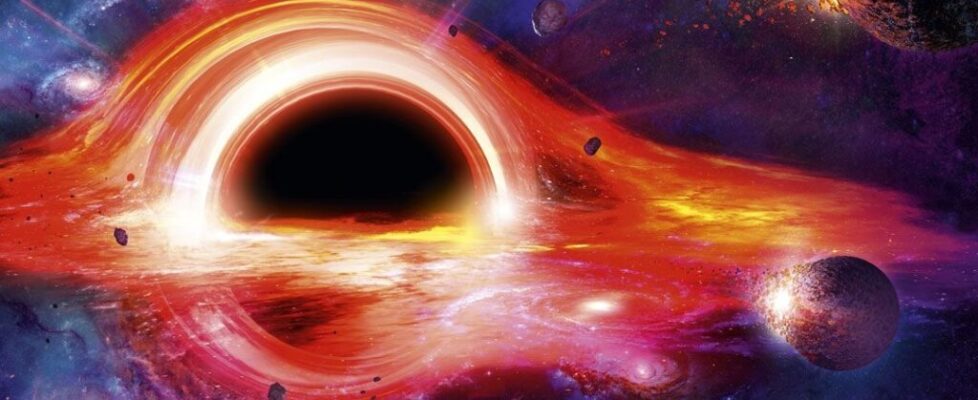
Black Hole Tech – July 30
The nearest black hole lurks 1,500 light-years from Earth (~ 10 quadrillion miles!), and it neither emits nor reflects light. How can we possibly detect — far less investigate — such wondrous holes in the fabric of spacetime? High-precision astrometry is the key: adaptive optics allow ground-based telescopes to see through our turbulent atmosphere using ordinary light, and space telescopes provide high-resolution images in other parts of the electromagnetic spectrum. Today, high technology affords astronomers many ways to discover and explore the intriguing space around black hole singularities.
Our speaker, Dr. Jessica Lu, is Associate Professor of Astronomy at UC Berkeley. She also runs Cal’s Moving Universe Lab, and she chairs the Astronomy Department.
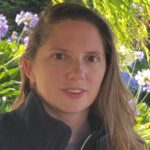
Dr. Jessica Lu
What value do such FREE science experiences have for you and, indirectly, for society? Accordingly, please consider making a donation to nonprofit Wonderfest via the Eventbrite box, below.
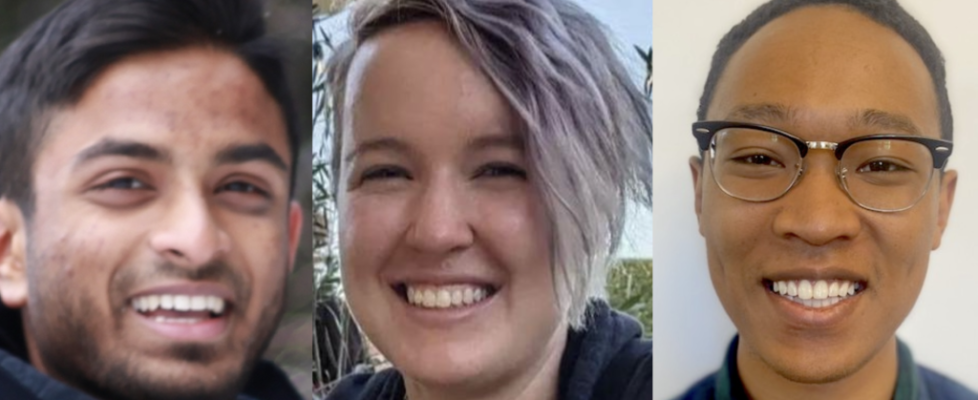
Scavengers+DarkMatter+Biomolecules – Jul 16
Wonderfest Science Envoys are early-career researchers with special communication skills and aspirations. Following short talks on provocative modern science topics, these three Science Envoys will answer questions with insight and enthusiasm:
• Stanford ecologist Chinmay Sonawane on How Scavenging Animals Protect Human Health — Wildlife is rapidly disappearing globally. But why should we care? The loss of scavengers (consumers of already-dead animals) provides an intriguing example of how biodiversity loss has had, and will continue to have, profound consequences for human health.
• UC Berkeley physicist Bethany Suter on Direct Detection of Dark Matter — Ubiquitous, yet deeply mysterious, dark matter constitutes 85%(!) of the material universe. What do we know — and not know — of elusive dark matter particles? Novel laboratory materials may allow us to detect dark matter directly, shining light into the pervasive cosmic shadows.
• Stanford biophysicist Sean Waterton on Making Biomolecules from Electricity — Solar panels produce ever-more clean electricity. At the same time, human activity produces copious amounts of CO2. Modern research in synthetic biology allows us to use electricty and CO2 to create valuable molecules like fats and proteins — and, hopefully, more specialized molecules like medications.
This interactive science presentation, free and unticketed, is produced by Wonderfest in partnership with Marin Science Seminar.
Marin Science Seminar [https://marinscienceseminar.com]
What value does this free science experience have for you and, indirectly, for society? Accordingly, please consider making a donation to nonprofit Wonderfest via the Eventbrite box, below.
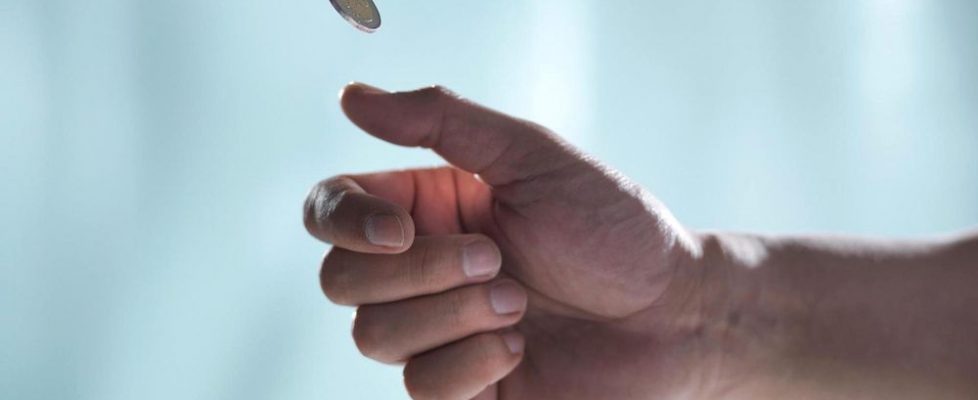
Smart Uncertainty – July 13
Human minds love to discover patterns, to find intuitive explanations, and, most of all, to be certain. Yet our world is complicated and filled with randomness. Statistical thinking provides us with practical tools for making sense of an uncertain world. It can lead us to make surprising conclusions from the data of everyday life. And it also teaches us useful humility in the face of uncertainty.
Our speaker, Dr. Jacob Bien, is Professor of Statistics at the University of Southern California. He is also a founding member of Wonderfest’s Board of Directors.
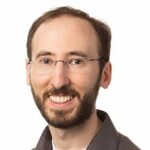
Dr. Jacob Bien
Berkeley Public Library [https://www.berkeleypubliclibrary.org]
What value does this FREE event have for YOU? Accordingly, please consider using the Eventbrite space (below) to help nonprofit Wonderfest in its mission of science outreach.
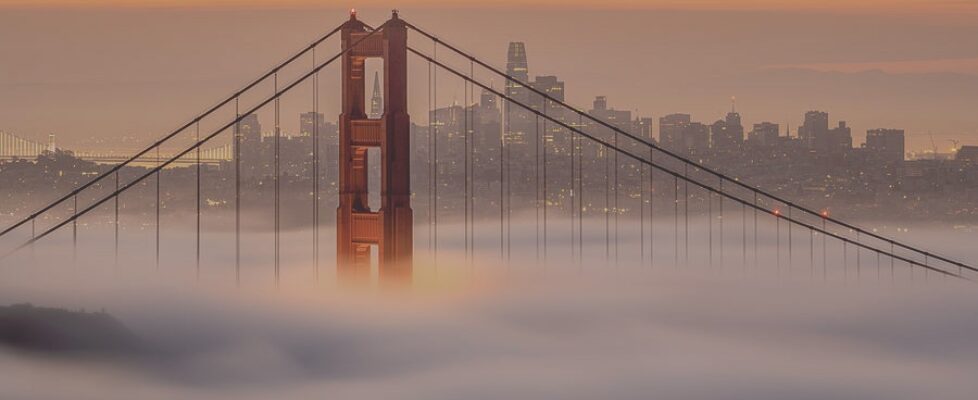
Karl the Fog – June 25
As poet Carl Sandburg observed: “The fog comes on little cat feet. It sits looking over harbor and city on silent haunches, and then moves on.” What is the nature of The City’s renowned Karl the Fog? Do those super-fine droplets consist of more than just water? Why does our beloved(?) Karl creep over the Bay Area so often, and will that creeping continue in light of climate change?
Our speaker, Alicia Torregrosa, knows Karl inside and out. As Program Officer at the U.S. Geological Survey, Alicia is a physical scientist who led the USGS Pacific Coastal Fog Project, yielding an international and interdisciplinary expansion of coastal fog research.
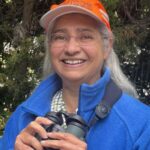
Alicia Torregrosa
What value do such free science experiences have for you and, indirectly, for society? Accordingly, please consider making a donation to nonprofit Wonderfest via the Eventbrite box, below.

Strong Aging – June 11
What can we do, today, to improve muscle strength and, accordingly, to increase healthy longevity, i.e., healthspan? It starts by understanding the science of strength and of muscle function, and then appreciating how muscle changes with aging. Ultimately, we find that healthspan increases with simple and effective evidence-based strategies for improving muscle health and function.
Our speaker, Dr. Greg Tranah, PhD, is Professor of Epidemiology & Biostatistics at UC San Francisco, and Scientific Director of Biobanking at Sutter Health.

Dr. Greg Tranah
What value do such free science experiences have for you and, indirectly, for society? Accordingly, please consider making a donation to nonprofit Wonderfest via the Eventbrite box, below.

